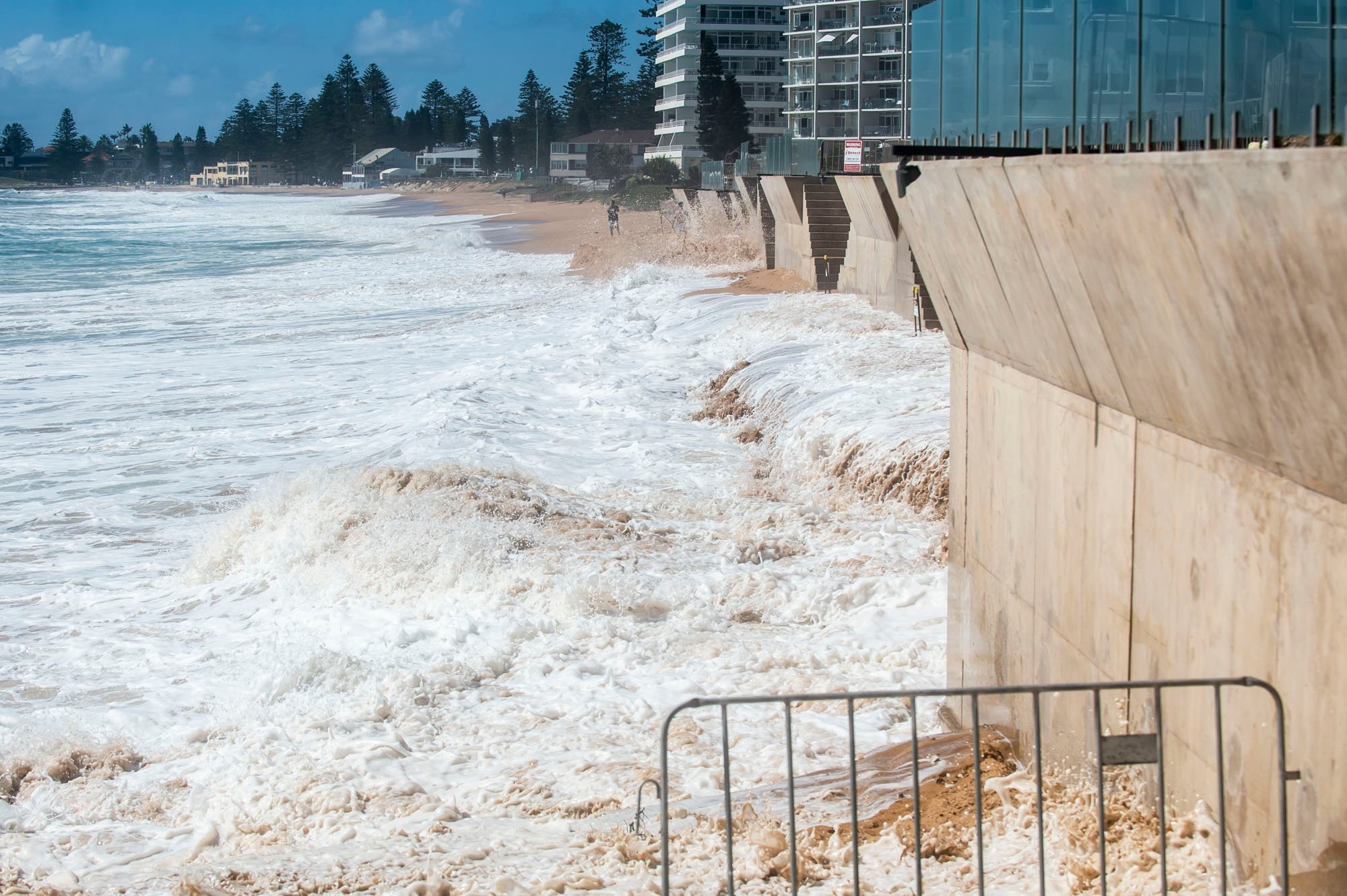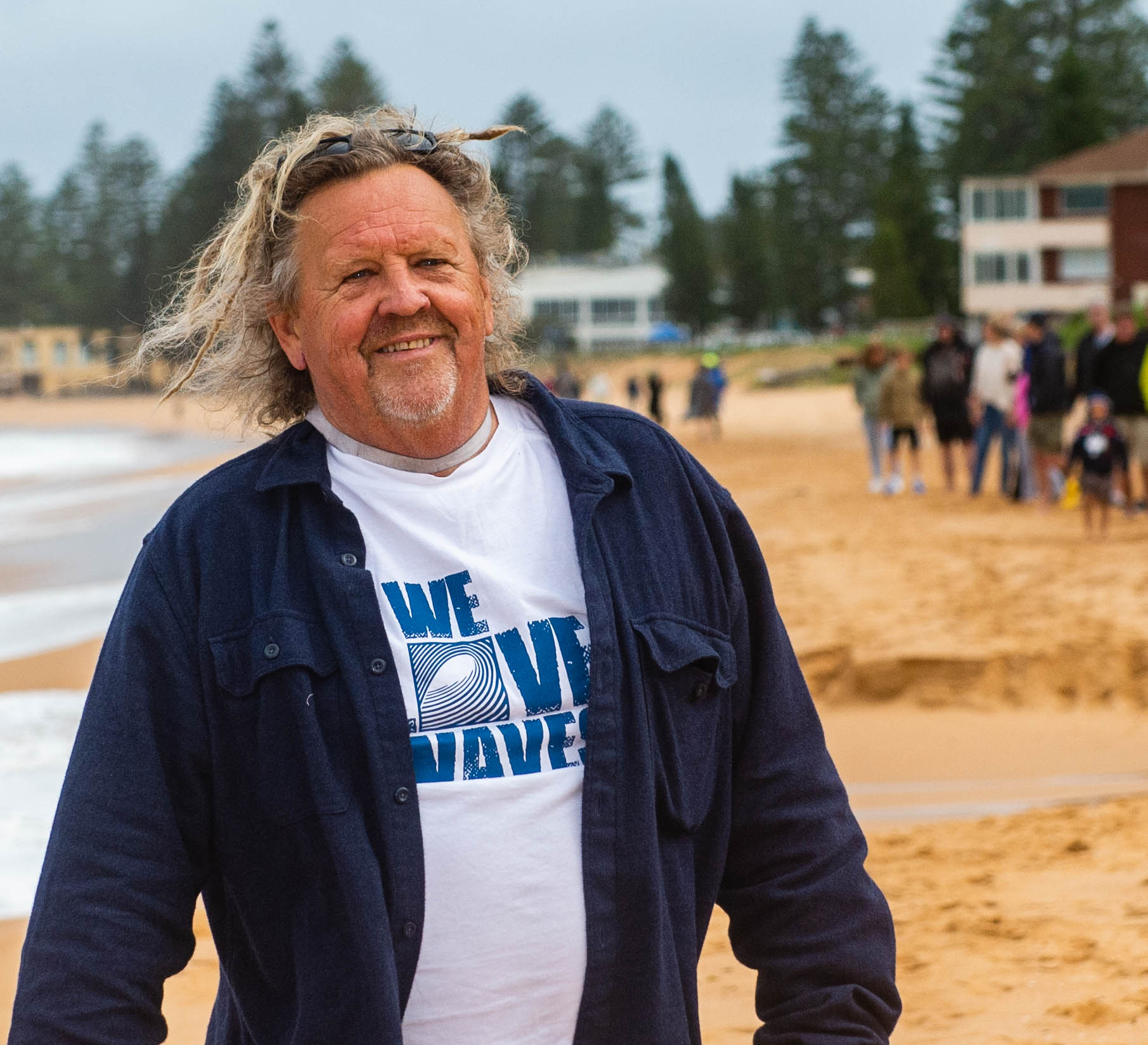NSW Audit Office report on Coastal Management Finds Objectives of Coastal Management Act are not being met: Recommendations


On September 10 2025 the NSW Audit released its findings into Coastal Management. The Office assessed effectiveness through examining the following audit questions:
- Are DCCEEW and DPHI effectively overseeing and facilitating councils’ implementation of the coastal management framework?
- Have the selected councils effectively developed programs and priorities for coastal management?
The audited councils were the Northern Beaches Council, City of Coffs Harbour Council, and Shoalhaven City Council. They were selected after an examination of factors relevant to the operational and coastal management context of local councils in the NSW coastal zone.
The coastal management framework under the Coastal Management Act 2016 (the Act), aims to deliver strategic and integrated management, use and development of the coast by state and local government for the social, cultural and economic wellbeing of the people of NSW.
The Department of Climate Change, Energy, the Environment and Water (DCCEEW) oversees and facilitates implementation of the framework by local councils in the coastal zone.
The Department of Planning, Housing and Infrastructure (DPHI) facilitates integration of the framework with the land use planning system.
Local councils are supported by DCCEEW and DPHI to develop coastal management programs (CMPs) that set out risk-based, long-term strategies for managing the coast.
This audit examined whether DCCEEW, DPHI and three local councils (City of Coffs Harbour, Shoalhaven City and Northern Beaches Councils) are effectively implementing the framework to manage the NSW coast.
In its Conclusion the NSW Audit office found that the coastal management framework is not being effectively implemented to manage the NSW coastal environment.
Seven years after the framework came into effect, most local councils are still in the process of developing coastal management programs (CMPs), and are not yet implementing CMPs to address risks and opportunities. DCCEEW is not effectively overseeing and facilitating implementation of the framework by state and local government.
As a result, the objectives of the Act – ‘’to manage the coast in an ecologically sustainable way for the social, cultural and economic wellbeing of the people of NSW’’ – are not being achieved.
‘The audited councils are developing CMPs to support coastal management and strategic land use planning. However, the process is taking longer than anticipated. As at April 2025 most of the councils’ CMPs had not yet progressed to the implementation stage.
The audited councils have taken steps to integrate coastal management into their integrated planning and reporting, and risk management processes. However, the two audited councils with certified CMPs have faced challenges in integrating the actions identified in their CMPs as part of their integrated planning and reporting, due to uncertainty over long-term funding sources.’ the report states
One of the council's, not ours, in its response to the report, prior to it being made available to the public, pointed out that of the 55 coastal councils required to create their own CMP's, are competing for the same consultants to develop, through research, the same modelling, coastal hazards, sea level rise and produce mapping that could be centralised and done by the State Government. As well, in all of these councils trying to engage the same consultants those in turn take on more work than is practicable, leading to further delays in the delivery of their services.
The same council pointed out it had to develop an additional 4 CMP's for its area, atop those already it had already committed to, and these would cost in around $100 million over 10 years, a cost it could not meet in its current budgets and which may require an SRV levied on residents to meet those requirements.
‘There are gaps in DCCEEW’s strategic planning, risk management and performance monitoring in overseeing the framework. It has not comprehensively defined key objectives and accountabilities for framework implementation, and the performance measures it uses to monitor and report on progress are not clearly linked to outcomes and impact.' the report states further
'DCCEEW’s work is not informed by strategic risk-based analysis to determine priorities. As a result, DCCEEW cannot demonstrate that the framework is being implemented to effectively manage risks to the use and resilience of the coastal environment now and into the future, including through considering the effects of climate change and promoting sustainable development of the coast.’
The audit found the DCCEEW and DPHI are not effectively addressing challenges to the successful implementation of the framework. This includes gaps in mapping coastal hazards to support framework objectives for managing risks from these hazards.
'DCCEEW is not effectively facilitating a partnership approach to framework implementation across state and local government, and there is uncertainty over funding for framework implementation, including for future delivery of actions in certified CMPs to manage the coast consistent with the Act’s objectives.'
Gaps in DCCEEW’s strategic planning, risk management and performance monitoring mean it cannot demonstrate that the framework is being implemented to effectively manage risks to the use and resilience of the coastal environment now and into the future.
The audited councils are developing CMPs to support coastal management and strategic land use planning, but the process is taking longer than anticipated. The audited councils with certified CMPs have faced challenges in integrating related coastal management actions as part of their integrated planning and reporting, due to uncertainty over long-term funding sources.
The report makes recommendations including:
By September 2026, DCCEEW should:
- develop and commence the delivery of an implementation plan for the coastal management framework which includes:
a) clearly defined and communicated roles, responsibilities and accountabilities for local government and each relevant state government agency (including the divisions of DCCEEW and DPHI responsible for managing national parks and Crown land) to ensure an integrated and coordinated approach to framework implementation
b) objectives, outcomes, success measures and timeframes for key elements, such as CMP development, coverage of CMPs across the State and high-risk areas, mapping of coastal hazards and emergency action subplans
c) risk-based analysis of resourcing required and priorities for framework implementation to promote resilience, and alignment with other relevant government priorities, including the State Disaster Mitigation Plan and the NSW Climate Change Adaptation Strategy
d) a monitoring, evaluation and reporting plan, including public reporting on the progress of framework implementation and related outcomes
2. review and improve the processes and requirements for CMP development and certification
3. evaluate the Coastal and Estuary Grants Program to ensure it is a sufficient and cost-effective mechanism for funding coastal management actions to achieve objectives
4. integrate the delivery of relevant actions in certified CMPs into its National Parks & Wildlife Services division’s asset management, business and financial planning, and risk management processes.
By September 2026, DCCEEW and DPHI should:
5. develop and commence implementation of a plan to ensure coastal vulnerability area mapping in the State Environmental Planning Policy (Resilience and Hazards) 2021 supports framework objectives relevant to managing coastal hazards.
By September 2026, DPHI should:
6. integrate the delivery of relevant actions in certified CMPs into its Crown Land and Public Spaces division’s asset management, business and financial planning, and risk management processes.
By September 2026, the audited councils should:
7. routinely monitor and report on progress in developing and implementing CMPs to the council and community
8. integrate the delivery of actions in certified CMPs into their asset management, business and financial planning, and risk management processes.
The report found the CMP development process provides insights on coastal management risks, but the audited councils had not yet integrated this with enterprise risk management processes.
‘Councils’ risk management responsibilities are set out in the Local Government Act 1993, the Local Government (General) Regulation 2021 and the Guidelines for Risk Management and Internal Audit issued by the Office of Local Government.’ the report states
‘Unmitigated risks could adversely affect a council’s ability to meet strategic and operational goals and actions. They could also impact the council’s finances, operations and reputation. In the context of coastal management, this may include unsafe and deteriorating assets and infrastructure, inappropriate land use planning controls or development decisions that increase land use vulnerability, reputational damage, an increased need for asset renewal and increased costs of maintaining assets if timely interventions do not happen.
The CMP development process provides councils updated information on coastal hazards, potential impacts, risk appetite and thresholds for escalating responses.’
Part B of the Coastal Management Manual identifies that the process of developing a CMP provides inputs to risk management generally, including:
- identifying opportunities to reduce exposure to risk from coastal hazards to achieve coastal management objectives, preserve beaches, and maintain public access and amenity
- considering anticipated timing of impacts to infrastructure or asset life
- highlighting priorities for management actions while recognising the inherent uncertainties associated with natural systems, future scenarios and management of the coast
- using this information to support coastal management decisions that make the best use of incomplete knowledge.
The audit observed varying risk management maturity and risk management processes across the audited councils.
‘The audited councils consistently identified risks to assets and services from coastal erosion, sea level rise and inundation, and the impacts of climate change in strategic risk registers. However, there was mixed evidence of integration of risks identified through CMP development processes into enterprise risk management processes, and limited identification of specific actions identified in CMPs within operational risk registers and asset management plans. In some cases, CMPs were listed as a control to coastal management-related risks, when the council had not yet completed the CMP, or identified pathways to fund and implement actions under the CMP.’ The report found
‘As CMPs are developed, and as actions are implemented, councils should ensure that their risk ratings and underlying risk information, including hazard mapping, is updated and integrated to ensure risk assessments are accurate and up-to-date to mitigate coastal hazard risks.’ the NSW Audit Office stated in its report.
Surfrider Foundation Northern Beaches stated it is dismayed, but not at all surprised, by the findings of the NSW Audit Office’s Performance Audit on Coastal Management.
‘The document states what we have voicing loudly for years.’ the organisation stated
‘The audit found poor coordination and a lack of oversight in how our beautiful coastline is being “managed”. It finds that state government departments and local authorities are not acting in concert. This lack of integration has resulted in the abject failure of the objectives of the Coastal Management Act.’
‘This spaghetti like admin system results in the destruction of beach public amenity as witnessed at Narrabeen/Collaroy, violence on the beach at Wamberal, and the approval of the beach obliterating projects like the expensive renovation of the Newport SLSC in a flood and tidal inundation zone.’
Surfrider Northern Beaches Branch President Brendan Donohoe said:
”We call on the Minister for the Environment, Penny Sharpe, to take immediate action and appoint a ‘Coastal Commissioner’ to oversee works and development on the precious NSW coast.
“We now have a “Building Commissioner” in NSW, we need the same for the coast.
“Australians love their beaches. It is well past time we acted accordingly by giving the beaches the attention they deserve.”
The full report is available to download at; www.audit.nsw.gov.au/our-work/reports/coastal-management
NB: Since the framework’s inception, state government agencies responsible for its oversight and facilitation have been subject to several machinery of government changes. For ease of reading, reference to DCCEEW or DPHI in the report may also refer to the former entities that were responsible for oversight and facilitation of coastal management.
Fast Facts:
- 55: the number of local councils with land in the coastal zone
- 16: the number of local councils with at least one certified CMP in April 2025
- $341.6m: estimated costs of implementing actions in certified CMPs at July 2025

Brendan Donohoe, President of Surfrider Foundation Northern Beaches, at Line in the Sand 2021 at Collaroy-Narrabeen. Photo: Michael Mannington, Community Photography
